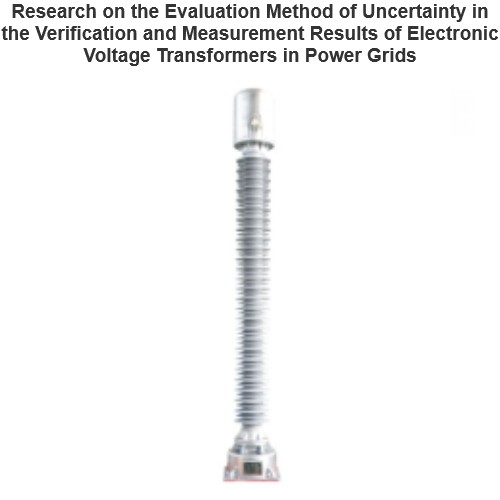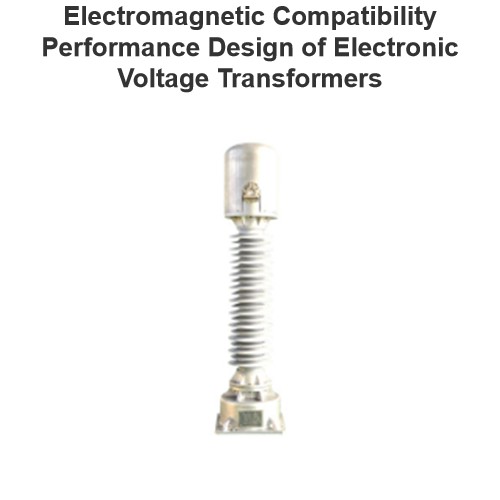Independent Voltage and Current Sources
A voltage source is a device that provides a constant or varying electric potential difference between its terminals. A current source is a device that provides a constant or varying electric current through its terminals. Both voltage and current sources are essential for powering various electrical circuits and devices.
However, not all sources are the same. Depending on how they behave and interact with other circuit elements, sources can be classified into two main categories: independent and dependent.
What is an Independent Voltage or Current Source?
An independent source is a source that does not depend on any other quantity in the circuit. Its output voltage or current is fixed by its own characteristics and does not change with the load or any other circuit condition.
An independent voltage source maintains a specified voltage across its terminals regardless of the current flowing through it. An independent current source maintains a specified current through its terminals regardless of the voltage across it.
Independent sources can be either constant or time-varying. A constant source provides a fixed value of voltage or current throughout its operation. A time-varying source provides a changing value of voltage or current according to a function of time, such as a sinusoidal wave, a pulse, or a ramp.
The symbols used to represent independent sources are shown below. The arrow inside the circle indicates the direction of the current for current sources and the polarity of the voltage for voltage sources.

Some examples of independent sources are batteries, solar cells, generators, alternators, etc.
What is a Dependent Voltage or Current Source?
A dependent source is a source that depends on another quantity in the circuit. Its output voltage or current is a function of the voltage or current of another part of the circuit. A dependent source is also called a controlled source.
A dependent source can be either voltage-controlled or current-controlled. A voltage-controlled source has its output determined by the voltage across another element in the circuit. A current-controlled source has its output determined by the current through another element in the circuit.
A dependent source can also be either voltage-dependent or current-dependent. A voltage-dependent source provides a voltage output that is proportional to the controlling voltage or current. A current-dependent source provides a current output that is proportional to the controlling voltage or current.
The symbols used to represent dependent sources are shown below. The diamond shape indicates that the source is dependent. The arrow inside the diamond indicates the direction of the output current for current sources and the polarity of the output voltage for voltage sources. The arrow outside the diamond indicates the direction of the controlling current for current-controlled sources and the polarity of the controlling voltage for voltage-controlled sources.
Some examples of dependent sources are amplifiers, transistors, operational amplifiers, etc.
Dependent sources can also be constant or time-varying, depending on whether the controlling quantity is constant or time-varying.
What is an Ideal Voltage or Current Source?
An ideal source is a theoretical concept that represents an idealized behavior of a source. An ideal source has no internal resistance or impedance and can provide infinite power to the circuit.
An ideal voltage source maintains a constant voltage across its terminals regardless of the load impedance or current. An ideal current source maintains a constant current through its terminals regardless of the load impedance or voltage.

The symbols used to represent ideal sources are the same as those used for independent sources, except that there is no indication of any internal resistance or impedance.
There is no practical example of an ideal source, but some real sources can be approximated as ideal sources under certain conditions. For example, a battery can be considered an ideal voltage source when its internal resistance is negligible compared to the load resistance. Similarly, a photovoltaic cell can be considered an ideal current source when its internal resistance is negligible compared to the load resistance.
How to Convert Between Voltage and Current Sources?
Any real source can be represented as either a voltage source or a current source with an equivalent internal resistance or impedance. This means that any voltage source can be converted into an equivalent current source and vice versa.
To convert a voltage source into an equivalent current source, we need to find two parameters: the output current and the internal resistance of the current source.

The output current of the equivalent current source is equal to the short-circuit current of the original voltage source. This means that we need to find the current that flows through the terminals of the original voltage source when they are connected by a wire with zero resistance.
The internal resistance of the equivalent current source is equal to the open-circuit resistance of the original voltage source. This means that we need to find the resistance between the terminals of the original voltage source when they are disconnected from any load.
To convert a current source into an equivalent voltage source, we need to find two parameters: the output voltage and the internal resistance of the voltage source.
The output voltage of the equivalent voltage source is equal to the open-circuit voltage of the original current source. This means that we need to find the voltage across the terminals of the original current source when they are disconnected from any load.
The internal resistance of the equivalent voltage source is equal to the short-circuit resistance of the original current source. This means that we need to find the resistance between the terminals of the original current source when they are connected by a wire with zero resistance.
Note that these conversions are only valid for linear circuits, where Ohm’s law applies and where there are no other sources in the circuit affecting the output or input quantities.
Conclusion
In this article, we have explained the concepts of independent and dependent voltage and current sources and how they differ from ideal sources. We have also shown how to convert between voltage and current sources using simple steps and formulas. Understanding these types of sources is important for analyzing and designing various electrical circuits and systems.
Some key points to remember are:
Independent sources provide a fixed value of voltage or current regardless of the circuit condition.
Dependent sources provide a value of voltage or current that is a function of another quantity in the circuit.
Ideal sources have no internal resistance or impedance and can provide infinite power to the circuit.
Real sources have some internal resistance or impedance and can provide limited power to the circuit.
To convert a voltage source into an equivalent current source, we need to find the short-circuit current and the open-circuit resistance of the original source.
To convert a current source into an equivalent voltage source, we need to find the open-circuit voltage and the short-circuit resistance of the original source.
Source: Electrical4u
Statement: Respect the original, good articles worth sharing, if there is infringement please contact delete.
Electrical4U is dedicated to the teaching and sharing of all things related to electrical and electronics engineering.













